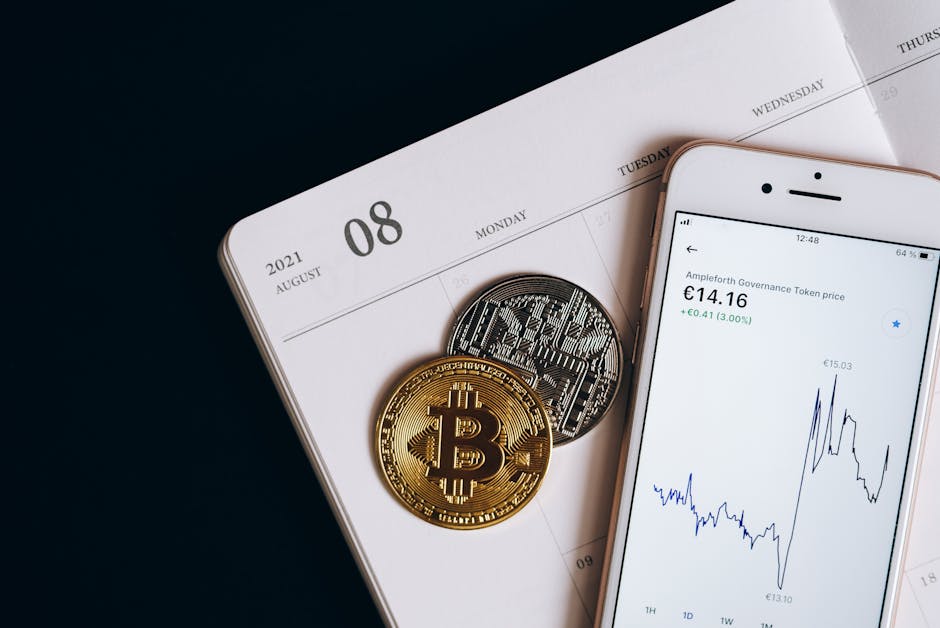Cryptocurrency: What Does Market Cap Mean In Crypto Guide is an essential resource for anyone navigating the world of digital assets. If you’ve ever wondered what does market cap mean in crypto, or how this metric shapes the landscape of cryptocurrency investing, you’re in the right place. In this guide, we’ll break down the concept of crypto market cap, explain its calculation, and explore why it’s a cornerstone of informed investment decisions.
What Does Market Cap Mean in Crypto?
Market capitalization, commonly known as market cap, is a fundamental metric used to gauge the total value of a cryptocurrency. In the context of crypto, market cap is calculated by multiplying the current price of a single coin or token by the total number of coins in circulation. For example, if a cryptocurrency has 10 million coins in circulation and each coin is worth $5, its market cap would be $50 million.
This metric originates from traditional finance, where it represents the total value of a company’s outstanding shares. In crypto, market cap serves a similar purpose: it provides a quick snapshot of a digital asset’s size and significance within the broader market. A higher market cap typically indicates a more established and widely adopted cryptocurrency, while a lower market cap often signals higher risk and volatility.
Understanding what does market cap mean in crypto is crucial because it helps investors compare different cryptocurrencies, assess their relative stability, and make more informed decisions. While price alone can be misleading, market cap offers a more comprehensive picture by factoring in both price and supply. As such, it’s a central concept for anyone looking to build or manage a crypto portfolio.
How Is Crypto Market Cap Calculated?
The calculation of a crypto market cap is straightforward but vital for investors. The basic formula is:
Market Cap = Current Price × Circulating Supply
For instance, if Bitcoin is priced at $40,000 and there are 19 million coins in circulation, its market cap would be $760 billion. This formula is almost universally used across the crypto industry and mirrors the approach taken in traditional equity markets. There are two main variations to consider:
- Circulating Supply Market Cap: Uses the number of coins currently available to the public. This is the most common and practical measure for everyday investors.
- Fully Diluted Market Cap: Calculates the value if all possible coins were in circulation, factoring in future supply increases. This can provide insight for long-term holders or those evaluating potential inflation.
It’s important to note that market cap is not a measure of how much money has been invested in a cryptocurrency, but rather a snapshot of its current valuation based on price and supply. This distinction is essential for understanding the limitations and uses of the metric.
Why Does Market Cap Matter in Crypto Investing?
Market cap is more than just a number; it’s a key indicator of a cryptocurrency’s market position, risk profile, and growth potential. Here’s why it matters:
- Risk Assessment: Large-cap cryptocurrencies (such as Bitcoin and Ethereum) are generally considered more stable and less volatile than small-cap or emerging coins. This makes them attractive to conservative investors seeking lower risk.
- Market Position: Market cap helps rank and categorize cryptocurrencies, allowing investors to quickly identify the most influential projects in the ecosystem.
- Growth Potential: Smaller market cap coins may offer higher growth potential but also come with increased volatility and risk. Understanding market cap enables investors to balance their portfolios according to their risk tolerance and investment goals.
- Comparative Analysis: Market cap allows for apples-to-apples comparisons between different cryptocurrencies, regardless of their price per coin. This is especially useful in a market where token supplies and prices can vary dramatically.
However, market cap should not be the sole factor in investment decisions. Other metrics like trading volume, liquidity, and project fundamentals are equally important. Still, understanding what does market cap mean in crypto provides a solid foundation for evaluating digital assets and building a diversified portfolio.
Limitations and Misconceptions About Crypto Market Cap
While market cap is a powerful tool, it’s not without its limitations and potential pitfalls. Here are some common misconceptions and caveats to keep in mind:
- Not a Measure of Invested Capital: Market cap reflects the current valuation, not the total amount of money invested in a cryptocurrency. Sudden price swings can dramatically alter the market cap without any new capital entering or leaving the market.
- Supply Manipulation: Some projects may artificially inflate their market cap by creating a large supply of tokens with little real-world trading activity. Always consider liquidity and trading volume alongside market cap.
- Volatility: Even large-cap cryptocurrencies can experience significant price fluctuations. Market cap offers some insight into stability, but it’s not a guarantee.
- Overemphasis on Rankings: While rankings by market cap are useful, they don’t tell the whole story. Project fundamentals, use cases, and community support are equally critical for long-term success.
Investors should use market cap as one of several tools in their research process. By understanding both its strengths and limitations, you can make more balanced and informed decisions in the ever-evolving world of crypto.

